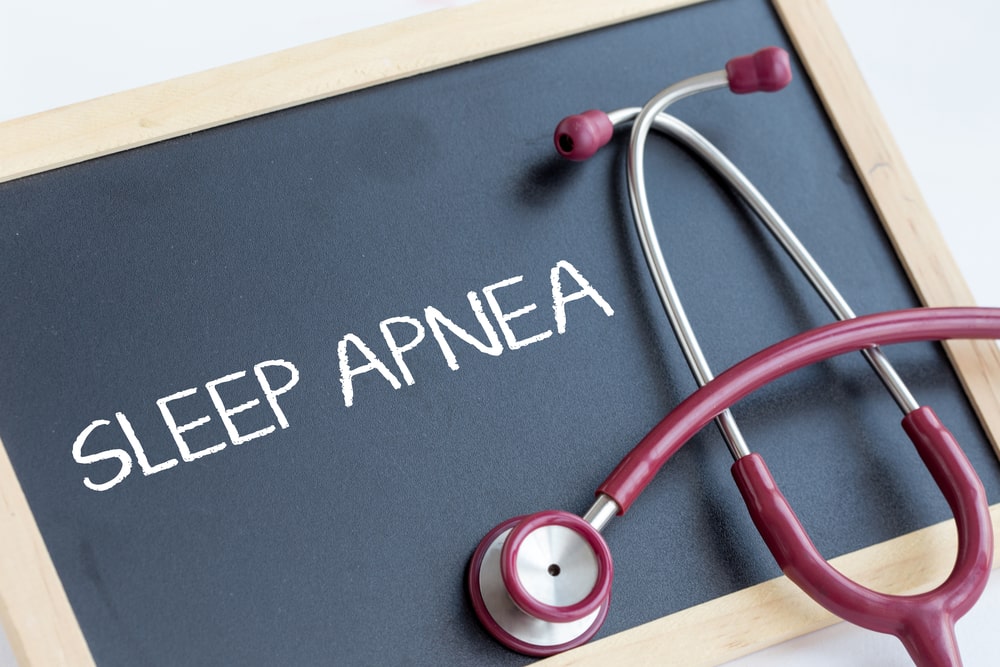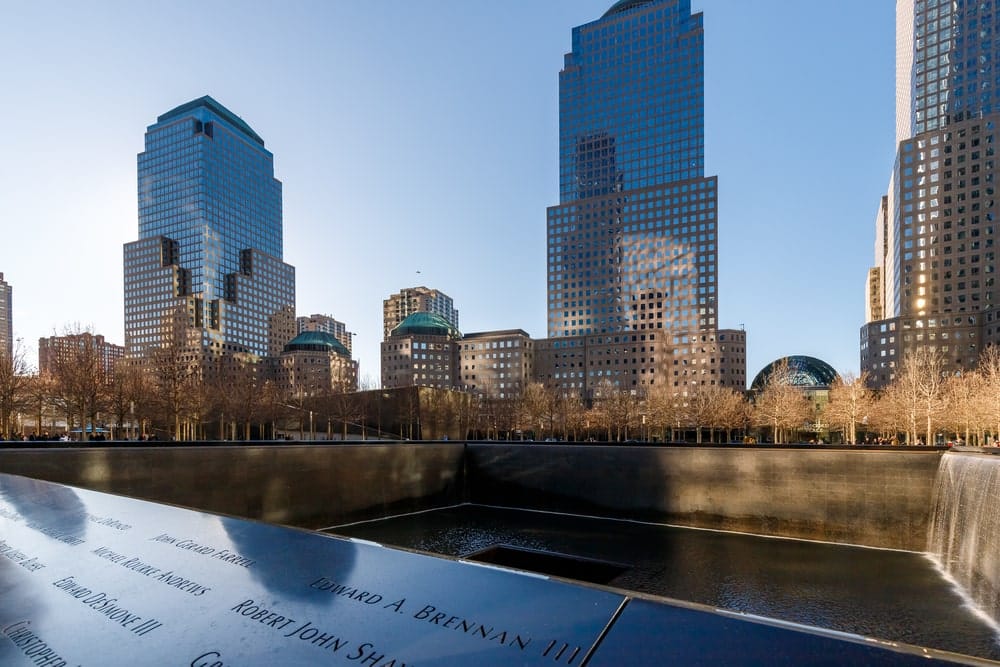The plume of dust caused by the collapse of the Twin Towers on 9/11 contained what has been described in a Scientific American article as an “acrid miasma of 91,000 liters of jet fuel and the 10,000,000 tons of building materials and contents burning at temperatures above 1,000 degrees Celsius (that) extended from lower Manhattan across the East River into Brooklyn and beyond to the sea.” Included in that dust was any number of known carcinogens and toxins that has caused more fatalities and life-threatening conditions than the attack itself; including pulmonary fibrosis, silicosis, leukemia, and lung, prostate, head and neck, and breast cancer.
And according to a new 9/11 and liver study by researchers at New York’s Mt. Sinai, published in the American Journal of Industrial Medicine, serious liver disease in first responders is on the rise.
What is liver disease?
The liver is an essential organ. In fact, it is the largest internal organ and performs more than 500 vital functions, including filtering toxins and harmful substances from the blood; helping the body to resist infections by removing bacteria; regulating blood clotting; maintaining healthy levels of amino acid to ensure proper protein production; processing glucose; and producing the albumin that is critical in helping to carry hormones, vitamins, and enzymes through the body.
In its simplest terms, liver disease applies to “conditions that stop the liver from working or prevent it from functioning well.” Acute liver failure may result in:
- Cerebral edema: Excessive fluid pressure in the brain can lead to disorientation, mental confusion, and/or seizures.
- Bleeding/bleeding disorders: When liver function is compromised, the liver cannot produce sufficient clotting factors. This can lead to potentially dangerous internal bleeding in the gastrointestinal tract.
- Infections: Common problems with liver failure include blood, respiratory, and urinary tract infections.
- Kidney failure: Liver failure may lead to kidney (renal) failure as well, especially when linked to acetaminophen overdoses.
Symptoms of liver disease may include weakness and chronic fatigue; itchy skin; weight loss; nausea and vomiting; jaundice; bloody, pale, or tar-colored stool; easy bruising; pain and swelling in the abdomen; and/or swelling in ankles or legs.
Mount Sinai study links increase of toxic dust to liver disease risk
A recent study conducted by Mt. Sinai, a leading research institution and teaching hospital in New York City, has found evidence connecting liver disease to the “quantity of toxic dust workers were exposed to,” which was at its greatest concentration immediately after the World Trade Center terrorist attack.
The primary liver disease associated with this event is hepatic steatosis, meaning that “the liver contains abnormally high levels of fat”—which is why it is also called fatty liver disease. While this is often associated with obesity or heavy alcohol consumption, the type found among first responders and others who worked at Ground Zero right after the attacks is caused by the chemicals, dust, and airborne particulates that cause liver toxicity. This can lead to toxicant-associated steatohepatitis, the most serious type of fatty liver disease that can lead to liver failure and liver cancer.
For the more than 20,000 workers who were exposed to the toxic dust and chemicals on 9/11, the risk for this disease is great—higher, in fact, even for those who were exposed just two weeks later. As liver density is decreased (or attenuated), the prevalence of liver disease is increased: no more so than for those first responders who arrived at the scene within the first few hours and days following the attack on the WTC:
- 0% of September 11 arrivals
- 0% of September 12-13 arrivals
- 9% of September 14-30 arrivals
- 0% of October or later arrivals
Enhanced monitoring: Why it’s so important for those who were at Ground Zero in the first days following the attack
Evidence of the liver disease was initially discovered during analysis of lung scans given to monitor lung disease—a well-established health problem for those exposed to the dust plume. Researchers developed an “algorithm that found evidence of liver disease” in that portion of the liver that was visible in the lung scans.
For first responders and those who worked at Ground Zero on the day of or within the first week after the fall of the World Trade Center, specific testing and monitoring for steatosis is critical. An author of the study, Artit Jirapatnakul, PhD, Assistant Professor of Diagnostic, Molecular and Interventional Radiology at Icahn Mount Sinai, states that “this new study suggests that responders who arrived at Ground Zero earlier should receive enhanced monitoring for liver disease.”
Andrea D. Branch, PhD, Professor of Medicine (Liver Diseases) at Icahn Mount Sinai and the director of an ongoing study that is investigating evidence of toxicant-associated steatohepatitis in responders to the World Trade Center attack, adds that “it is also critical to further define the characteristics and prevalence of liver damage in World Trade Center responders and to educate the responders and their providers about the potential benefits of liver cancer screening for those at high risk.”
It is imperative for those who are at risk of liver disease to register with the
World Trade Center Health Care Program
The World Trade Center Health Care Program (WTCHP) is a federally funded program that is dedicated to helping people who were present at the time of the 9/11 attacks for specific amounts of time, during the period between September 11, 2001 and July 31, 2002. This includes first responders such as those in the FDNY and NYPD/WTC general responders.
Those who apply for the program and have a certified 9/11-related medical condition, including certain types of cancer, are eligible to receive no-cost medical monitoring and treatment for their condition.
Eligible WTCHP enrollees may also be able to file a claim through the September 11th Victim Compensation Fund. The fund “provides compensation to individuals…at some point between September 11, 2001, and May 30, 2002, and who have since been diagnosed with a 9/11-related illness.) It is important to note that one cannot file a claim with the VCF unless that person is enrolled in the World Trade Center Health Care Program.
Help for those with 9/11 liver disease
First responders and others who courageously stepped forward during the moments following the 9/11 attacks deserve the and gratitude of those in New York City and throughout the nation. To learn more about how the attorneys at Weisfuse & Weisfuse, LLP can help, please call our office or contact us by email to schedule a free consultation to discuss your needs and concerns.






